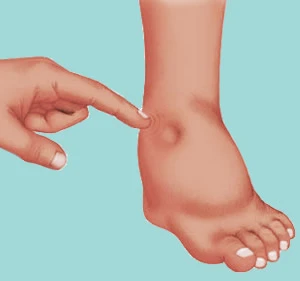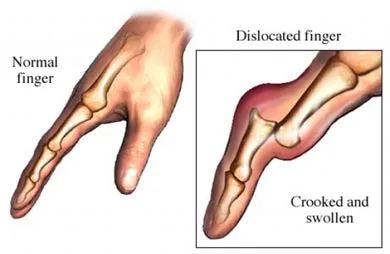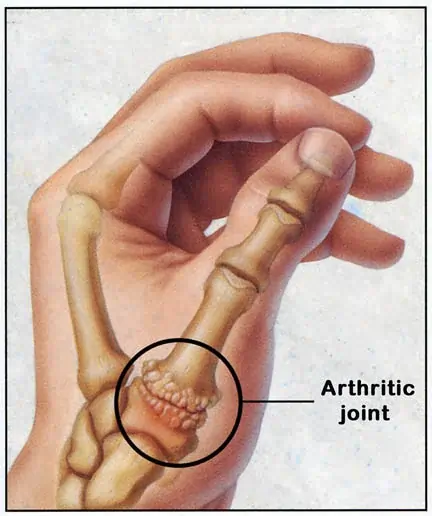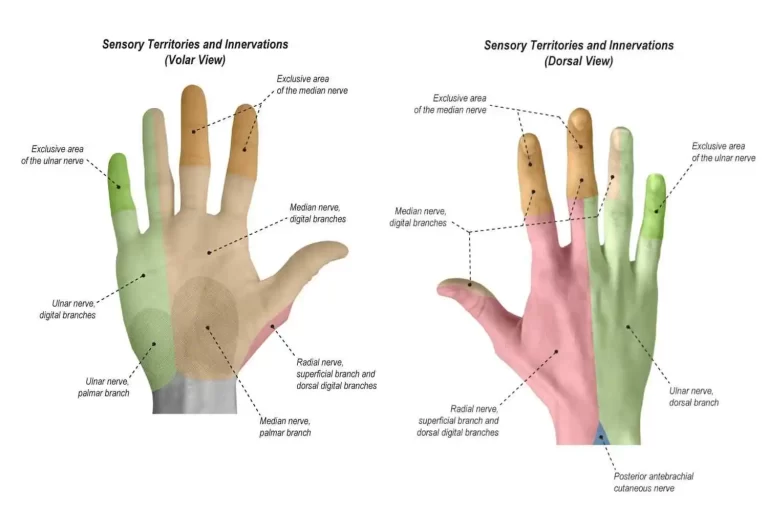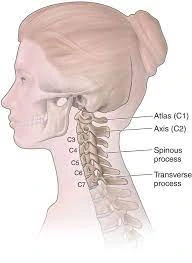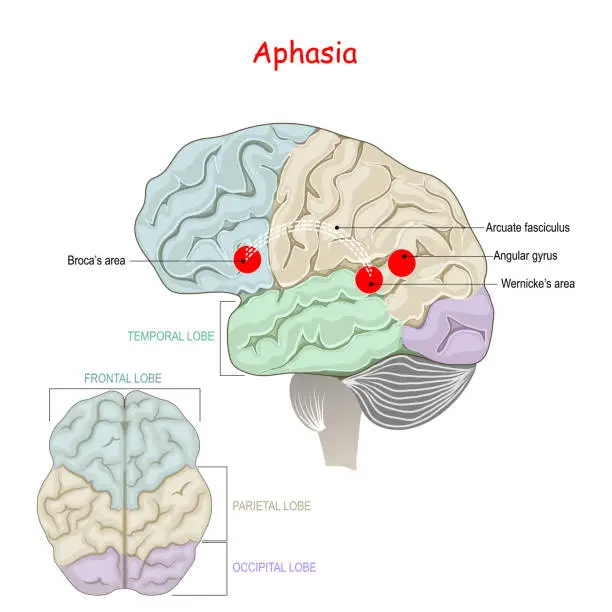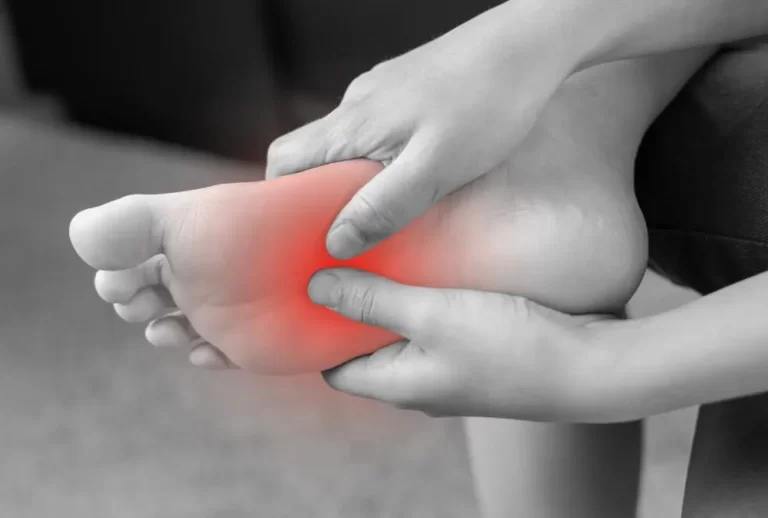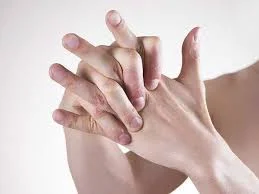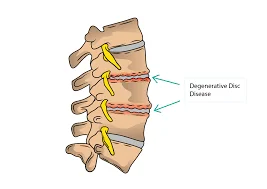Pitting Edema
What is a Pitting Edema? Pitting edema is a condition where excess fluid builds up in the tissues, typically in the lower limbs, causing swelling. The term “pitting” refers to the way the skin retains an indentation when pressed with a finger. When you press on the swollen area, the indent stays for a few…

